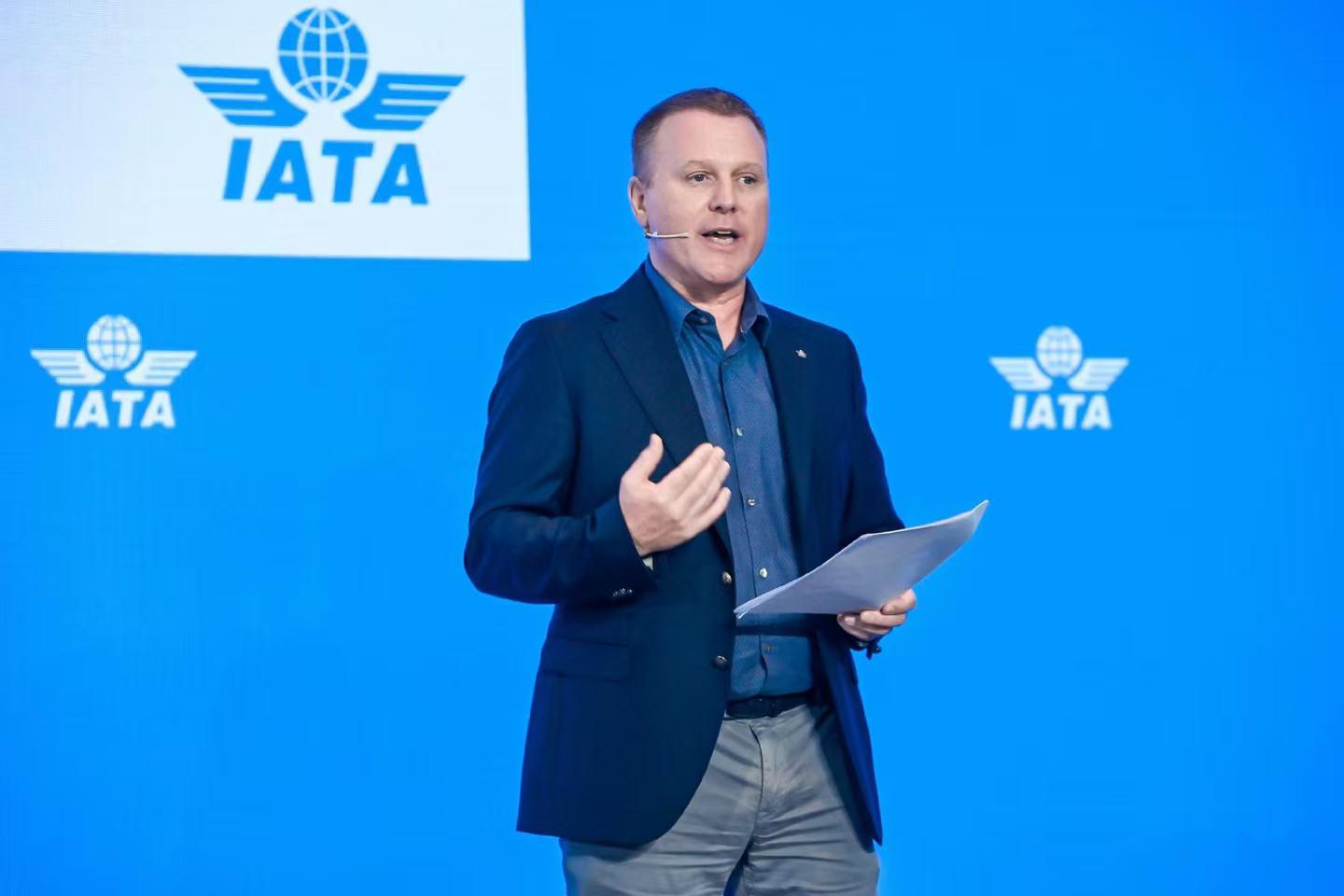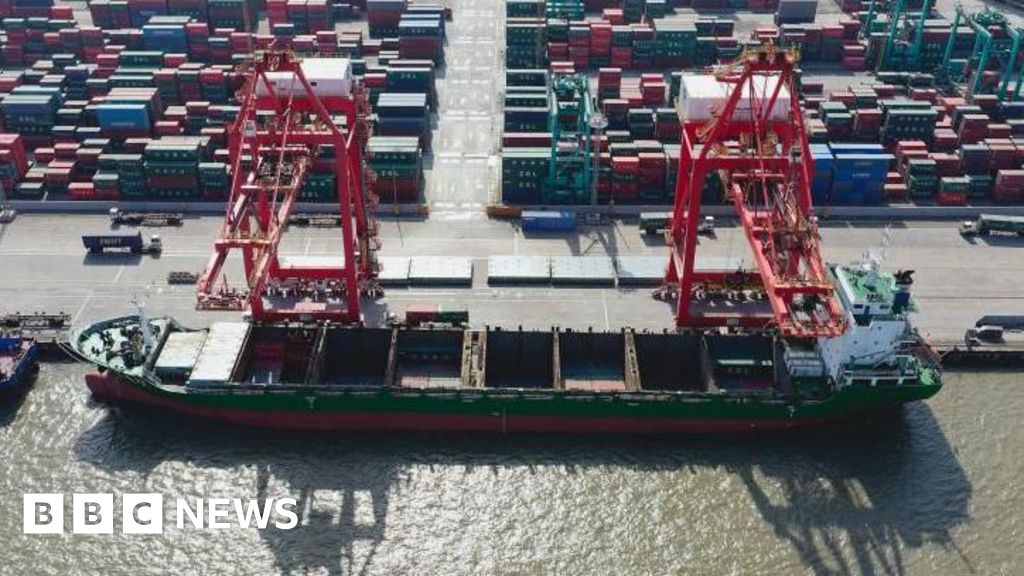ISLAMABAD – A government delegation called on Jamiat Ulema-e-Islam (Fazl) chief Maulana Fazlur Rehman at his residence yesterday to discuss the evolving political situation in Khyber Pakhtunkhwa.
The delegation from the Pakistan Muslim…

ISLAMABAD – A government delegation called on Jamiat Ulema-e-Islam (Fazl) chief Maulana Fazlur Rehman at his residence yesterday to discuss the evolving political situation in Khyber Pakhtunkhwa.
The delegation from the Pakistan Muslim…

A new Australian research project is aiming to replace chemical fungicides with ultraviolet light in the fight against powdery mildew – a disease that can wipe out up to 30 per cent of strawberry crops each year.
The four-year initiative,…

When anesthesiologists lead the preoperative process, patients undergoing surgery for hip fractures – one of the leading causes of hospitalization in older adults – get to the operating room (OR) faster and have fewer complications,…

Translations: WSOC大会欢迎辞 – Mark Searle (pdf)
Ministers, ladies and gentlemen, colleagues, welcome to the IATA World Safety and Operations Conference.
A special welcome to our VIPs:
It is a pleasure to be in Xiamen, and I will start by thanking our host, Xiamen Airlines, for the warm welcome. This is the first time that WSOC is meeting in China. And it’s significant. China is an aviation powerhouse: one of the world’s largest markets for passenger services and air cargo. From the standpoint of safety and operations it presents several good examples to follow:
Working together—industry and the authorities—we are supporting China to get the most out of its significant investments in aviation. Our last tally showed that aviation contributes $250 billion to China’s GDP and supports 10.2 million jobs.
The improvements that we have achieved here demonstrate the important role of leadership, global standards and data analysis in making aviation the safest mode of transport. We must never let that slip, even in the face of evolving risks.
And make no mistake, airlines are operating in an increasingly conflict-ridden environment with grave consequences that have been all too clear recently.
Fortunately, such tragedies are rare, but they remain completely unacceptable. Civilian aircraft should never face such risks, even by accident.
And we cannot forget that, in addition to these well reported tragedies, airlines face and safely manage disruptions from geopolitical instability every day.
Even with established procedures, precautionary measures, restrictions and rerouting, confidence and connectivity is disrupted, journeys are longer, and costs and emissions are higher.
As leaders of global aviation’s safety and operations, we have a duty to manage today’s risks while anticipating and preparing for the risks of tomorrow. That is the “future proofing” that is referenced in the theme of this conference.
Future proofing begins with your leadership—the role of which is expressed in the IATA Safety Leadership Charter. The Charter now encompasses some 90% of global traffic. It points us towards a safety culture that focuses on the two fundamental tools we have to continue to improve safety and operations:
That, of course, is nothing new but we can and must do more with both.
Global standards are the bedrock of global aviation. We could not provide the connectivity that the world needs if each country had its own rules. We must avoid fragmentation by ensuring that the standards we have are continuously adapted to be fit for purpose.
Data has long helped us make critical decisions. We are capturing more data than ever before. And, with the capabilities of artificial intelligence, our ability to turn that data into critical insights that deliver more relevant and powerful outcomes continues to grow.
Global standards and data will recur throughout the WSOC program. In anticipation of that, I’d like to help set the scene with some reflections on how these apply to IATA’s work on some of our most critical topics.
Let’s start with global standards, where we have an important agenda of standards that either need to be defended, implemented, or both. Here are four priority examples:
Turning to data, the first point I want to emphasize is how our growing use of safety and operational information is transforming the industry. The flagship is the Global Aviation Data Management (GADM) program, which turns millions of data points from our members into actionable intelligence.
This is clearly demonstrated with Turbulence Aware – included in GADM – which enables pilots and dispatchers to share information on this safety risk. Participation in the program has grown by 25% over the last year. The fleet of 3,200 Turbulence Aware aircraft now includes new joiners Air France, Etihad and the SAS. And with each new contributing aircraft the better our ability to mitigate the risks of turbulence.
We also see the potential in SafetyIS which is so rich in-flight data from 217 airline contributors that we can now achieve predictive insight. For example, a spike in collision-avoidance alerts was identified at a major Latin American airport before it was noticed locally—allowing timely interventions that reduced risks and improved safety.
And lastly, we see the potential for data to transform the safety world in the rollout of risk-based IOSA. Data on risks guides how the audits are adapted to each airline. And, as a result, we are seeing more findings – some 8,000 corrective actions have already been identified and that number will grow.
I encourage all of you to make sure that your airline is getting the most out of this data revolution by joining two important communities:
Just before concluding my remarks, I have two additional points to those on leadership, data and standards. First, I would like to quickly report on the conclusions of the 42nd ICAO Assembly that took place earlier this month. We all know that ICAO is incredibly important for our industry as the ultimate keeper of global standards. That’s why every three years we make a major effort to ensure that the industry’s concerns are heard by the delegates and reflected in the Assembly’s conclusions.
In total this year, IATA submitted 14 papers, largely with very positive results. Some of the highlights include:
Including these in the final Assembly report is of great consequence. And our job over the next three years is to use the Assembly’s endorsements to implement the required changes.
Secondly the supply chain. Safety resilience also depends on the wider aviation system. And today, the supply chain is under strain.
The financial hit will exceed $11 billion this year, but the greater concern is safety: stretched fleets, delayed maintenance, and limited spares erode the buffers that protect operations.
IATA is responding with tools like MRO SmartHub, which allows members to have better visibility of the serviceable used aircraft parts available in the aftermarket and gives airlines real-time data to reduce parts delays and keep fleets flying safely.
Together with Oliver Wyman, we are releasing a new report at this conference. It calls for urgent action: expand capacity, promote fair competition and alternatives, and improve forecasting and data visibility, practical steps to restore resilience and protect aviation’s safety margins.
On that note, on behalf of the whole IATA team, I look forward to working with you and your teams to provide the leadership needed to improve safety and operations with relevant global standards and the power of data.
The challenges that we face are many and dynamic. But by keeping focused on leadership, standards and data, I know that we will be able to build an industry that is even safer, more efficient and fully able to provide the connectivity that the world needs to prosper.
I wish you all a productive and successful conference.

Infertility affects about one in six couples, and male factors account for roughly half of all cases-often because sperm don’t swim well. Researchers from the University of Osaka uncovered a key component of the “switch” that keeps…

A US company has engineered a new type of wood that it says has up to 10 times the strength-to-weight ratio of steel, while also being up to six times lighter.
“Superwood” has just launched as a commercial product, manufactured by InventWood, a company co-founded by material scientist Liangbing Hu.
Over a decade ago, Hu set out on a quest to reinvent one of the oldest building materials known to humankind. While working at the University of Maryland’s Center for Materials Innovation, Hu, who’s now a professor at Yale, found innovative ways to re-engineer wood. He even made it transparent by removing part of one of its key components, lignin, which gives wood its color and some of its strength.
His real goal, however, was to make wood stronger, using cellulose, the main component of plant fiber and “the most abundant biopolymer on the planet,” according to Hu.
The breakthrough came in 2017, when Hu first strengthened regular wood by chemically treating it to enhance its natural cellulose, making it a better construction material.
The wood was first boiled in a bath of water and selected chemicals, then hot-pressed to collapse it at the cellular level, making it significantly denser. At the end of the weeklong process, the resulting wood had a strength-to-weight ratio “higher than that of most structural metals and alloys,” according to the study published in the journal Nature.
Now, after years of Hu perfecting the process and filing over 140 patents, Superwood has launched commercially.
“From a chemical and a practical standpoint, it’s wood,” explained InventWood CEO Alex Lau, who joined the business in 2021. In buildings, that would allow for structures potentially up to four times lighter than today, Lau said, meaning they would be more earthquake resistant, as well as easier on foundations, making construction faster and easier.
“It looks just like wood, and when you test it, it behaves like wood,” Lau added, “except it’s much stronger and better than wood in pretty much every aspect that we’ve tested.”
InventWood is manufacturing Superwood in its plant in Frederick, Maryland, and although the production time is now measured in hours rather than days, it will take some time to scale up, Lau said.
Initially, the company plans to focus on external applications such as decking and cladding, before moving on to internal applications such as wall paneling, flooring and home furniture sometime next year.
“People always complain that furniture breaks down over time, and that’s often because it sags or breaks down at the joints, which are currently made of metal because wood isn’t strong enough,” said Lau. Superwood could be used to replace these parts, he said, as well as screws, nails and other metal fasteners.
Eventually, Lau projects that an entire building could be constructed out of Superwood, although that would require more testing.
Much like in Hu’s original experiment, the wood is strengthened via a chemical process that alters the basic structure of the cellulose and is compressed very tightly without springing back. “In theory, we can use any kind of wooden material,” Lau said. “In practice, we’ve tested with 19 different kinds of species of wood as well as bamboo, and it’s worked on all of them.”
InventWood says Superwood is up to 20 times stronger than regular wood and up to 10 times more resistant to dents, because the natural porous structure of the wood has been collapsed and toughened. That makes it impervious to fungi and insects. It also gets the highest rating in standard fire resistance tests.
Superwood currently costs more than regular wood and also has a larger manufacturing carbon footprint, but Lau said that compared to steel manufacturing, the carbon emissions are 90% lower.
He added that the target is “not to be cheaper than wood, but to be competitive with steel,” when manufacturing scales up.
Other types of engineered wood have existed as construction materials for a long time, but InventWood says that these are simply rearranged pieces of wood that are held together with adhesives, rather than wood that has been altered at the molecular level like Superwood.
Timber construction has had a resurgence in recent years, and wood is now used to build skyscrapers. The city of Milwaukee — which already hosts the world’s tallest timber tower, the 284-foot (87-meter) Ascent MKE — has revealed plans to build an even taller one, at a whopping 600 feet (183 meters) in height.
Currently, concrete is by far the most-used construction material on Earth, and even though its production has plateaued in recent years, making concrete generates 7% of the world’s global carbon emissions.
Philip Oldfield, an architecture professor and head of the School of Built Environment at the University of New South Wales, in Australia, who is not involved with InventWood, said timber has environmental benefits over many other building materials as its production processes are less intensive than steel and concrete, and timber stores CO2 in its woody biomass through photosynthesis. “Wood products can be considered a long-term carbon storage system, and construction with wood could see our cities ‘lock in’ carbon emission in buildings for long periods of time,” he added.
However, he points out that existing engineered timber products are already competing with steel and concrete. “The barrier to more timber buildings isn’t really the need for more strength,” he explained, “it’s that the construction industry is risk averse and slow to change.”
To see more timber in buildings, he argued, we need better education, pilot projects and improved regulatory frameworks: “But stronger timber products like this Superwood could allow architects to create larger spans and more durable finishes with timber, which would certainly be beneficial and could foster greater timber uptake.”

New fees on US ships arriving in Chinese ports came into effect on Tuesday, as trade tensions between Washington and Beijing increase.
The charges – which China says aim to “safeguard its shipping industry” from “discriminatory” measures – apply…

Islamabad – The Federal Board of Revenue (FBR) strongly condemns the cowardly attack that resulted in the martyrdom of its officials Sepoy Muqaddar Ali and Sepoy Nazar Muhammad of the Regional Tax Office (RTO), Peshawar. The officials were…